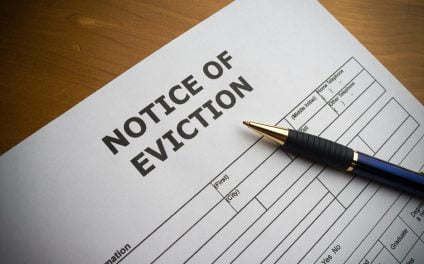25,600 homes closed escrow in February 2015. This is an increase of just 260 sales from January and roughly level with one year earlier. More importantly, homes sales volume was 19% below the average February sales volume of 31,500, according to DataQuick.
2014 ended with just over 415,000 home sales completed in California. This is 31,000, or 7%, fewer sales than took place in 2013. California home sales volume is well below the peak year of 2005 when 753,876 sales closed escrow. Prior to the Millennium Boom, 550,000-600,000 homes closed escrow annually.
Sales volume has been locked in a downward trend experienced since the second half of 2013. This slip is mostly due to the steep increase in home prices occurring in 2012 through Q3 2014, when prices peaked. Prices have since leveled off and are expected to remain much the same through late 2015, when they will resume their rise.
first tuesday forecasts year-over-year sales volume will slip modestly in the first half of 2015. Declining mortgage rates and rising employment will bring the sales volume decline to a halt in mid-2015, as both factors improve buyer purchasing power and enable buyers to pay more for a property. Expect sales volume to rise slightly in the following year, to pick up more steam in 2017.
Other key factors controlling California’s home sales volume follow.
Absentee homebuyers: to hold or to fold?
Absentee homebuyers (also known as speculators, buy-to-let investors and renovation contractors) still make up a significant portion of the resale market, though they are leaving quickly. Absentee homebuyers accounted for 27% of Southern California (SoCal) February sales volume, up from 26% in the prior month. February’s absentee homebuyer share is down from 29% one year earlier.
Absentee homebuyers made up 25% of Bay Area homebuyers in February, up from 24% in the prior month and up from 24% a year earlier. February’s rise in absentee homebuyers across the state is consistent with the annual trend of a rising absentee share in the first month of each year, followed by a slow decline until midway through the year. However, 2015’s peak is far below previous years. In fact, the last time we had a January absentee share this low was 2010.
Why are absentee homebuyers so absent? Speculators chase upward price movement, but home prices topped out in Q3 2014 and haven’t shown much movement since. Thus, real estate speculation and absentee buyers are expected to continue their exodus from the market through 2015.
Cash purchases (two-thirds of which are made by speculators) represented 28% of SoCal sales volume in February, up from 26% in January. This follows a mostly steady descent from 31% a year ago. In a normal market, cash purchases represent around 17% of all buyers, comprised mainly of cash-flush end users.
Bay Area cash sales were 27% of home sales in February 2015, up from January’s 24% share and down from 28% a year earlier.
Speculators remain motivated to buy only so long as they believe home prices will continue to rise quickly. When speculators realize they cannot make a short-term profit as anticipated, they will either quickly leave the market or resort to Plan B to hold and rent for another five years. The inventory they dump and return to the market (today’s shadow inventory) will need to be consumed primarily by end users and income property investors who will hold the property for a considerable length of time. However, there aren’t enough of these buyers ready and willing to sustain even the current low sales volume. Thus, expect home prices to lose their upward momentum in 2015.
Foreclosures: back to normal
Foreclosures made up 6% of all SoCal home sales in February 2015, up slightly form the prior month and down from 7% a year earlier. Today, the share of foreclosure sales is hovering around its lowest level since 2007. Short sales made up a slightly larger share of the resale market in February, at just over 6%. This was down from nearly 7% in January and down from 9% a year earlier.
In the Bay Area, foreclosures made up 4.5% of all home sales in February, roughly level with the prior month and down from 5% in February 2014. Likewise, short sales accounted for 4.8% of Bay Area home sales in February 2015, down from 5.2% in January and down from 6.3% a year earlier.
ARMs: holding lenders at bay
Adjustable rate mortgages (ARMs) made up 21% of all Bay Area mortgages in February 2015. This ARM share was down slightly from the prior month and down from 25% a year earlier. ARM use bottomed at 3% of all Bay Area sales in January 2009 and reached its most recent peak of 28% in April 2014.
Editor’s note: ARM use is unavailable for SoCal in February 2015.
ARM use will remain relatively low statewide until later this decade. ARM use will rise modestly alongside the fixed rate mortgage (FRM) rate, expected to increase later in 2015. Then, as prices rise in the next housing bubble of 2019-2020, ARM use will pick up more significantly.
Re: California February Home Sales from DataQuick














